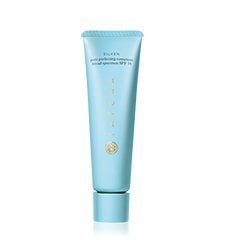
Most mineral sunscreens are formulated with zinc oxide and titanium oxide, two ingredients recognized as safe and effective by the Food and Drug Administration (FDA).

That’s why it’s important to wear sunscreen every day, even if you don’t plan to go outside. Mineral sunscreens can also help block UVA rays that come through windows, which can cause pigmentation and breakdown of collagen.
#TATCHA MINERAL SUNSCREEN SKIN#
They also help ward off UVA-related skin damage, including hyperpigmentation and wrinkles. These sunscreens deliver broad-spectrum protection by reflecting UV radiation away from your skin. Physical sunscreens, more commonly known as mineral sunscreens, work by creating a physical barrier on the skin that shields it from the sun’s rays. Sunscreen itself is nonnegotiable, of course, but we’ve got all the info you need to choose the best option for your sun protection needs.

There are pros and cons to both, which we’ll cover below. Physical (mineral) sunscreens sit on the surface of your skin and act as a shield, while chemical sunscreens sink into your skin and act more like a sponge. The key difference between these types of sunscreens lies in how they block rays. Sunscreen helps protect you from overexposure to the sun’s damaging rays, which can contribute to fine lines and wrinkles, signs of premature aging, and skin cancer.Īs a matter of fact, regular use of a broad-spectrum (UVA and UVB coverage) sunscreen has been shown to reduce the risk of nonmelanoma skin cancer and melanoma, the most aggressive form of skin cancer, says Nana Duffy, MD, FAAD.īut when choosing a sunscreen, you have a few decisions to make.įirst, are you slathering up with a physical or chemical sunscreen? Does it even matter which one you use? Well, it might.

You likely already know the role sunscreen plays in your skin care routine.


 0 kommentar(er)
0 kommentar(er)
